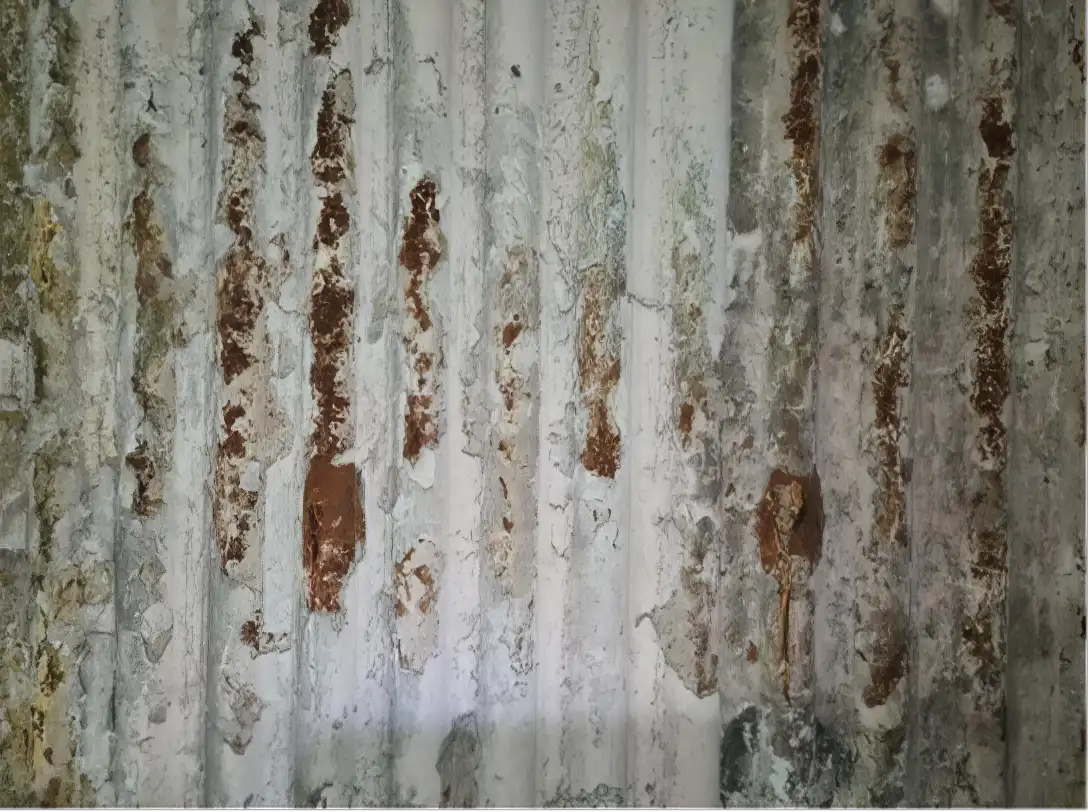Harsh process conditions were causing this Waste Heat Recovery Steam Generator (WHRSG) surface to suffer high rates of erosion and corrosion.
A European metal refiner operates a smelter plant, treating copper, lead, and precious metals feed. This facility treats complex lead/copper materials, in a TSL-type furnace, which utilizes a two-step smelting and converting process.
The flue gas is fed into the waste heat recovery steam generator (WHRSG) to reduce the gas temperature from the furnace. Due to the harsh process conditions, the WHRSG surface experiences high erosion/corrosion rates leading to premature thickness loss of bare tubes and even the pre-installed alloy 625 weld overlay (WOL). The furnace panels required frequent replacement or repair. The time required for the weld repairs, along with panel replacement, and extended turnaround schedules, impeded plant availability and resulted in associated production losses.


In 2021, the plant engineers decided to test High Velocity Thermal Spray (HVTS) cladding. After a study of the environment and an on-site test panel installation, 100m2 of HVTS cladding was installed on the WHSRG. The following year, in 2022, an inspection showed that while HVTS cladding successfully protected most of the installed WOL and bare metal surface, localized areas indicated HVTS cladding thickness loss. This was due to the gas velocities and higher temperatures in these specific areas. The cladding was subsequently upgraded to combat both corrosion and erosion. An early 2024 inspection delivered good results, showing no metal wastage of the base material.
Considering the protection of critical assets and the relatively fast application rates associated with the HVTS, a decision was made to apply HVTS again in 2024.
Estimating potential losses during downtime, assuming a daily production value of approximately 2 million USD of refined copper and considering a 6-day difference between HVTS and alternative methods, the suggested potential savings are 12 million USD.
The effective implementation of IGS HVTS cladding onto this waste heat boiler has enhanced reliability through the adoption of a sustainable, economical solution. This has enhanced the operational efficiency of the plant, underscoring the advantages of integrating advanced technology with careful planning and high-quality project execution.
Related Case Studies:
Related Questions:
CATEGORIES: